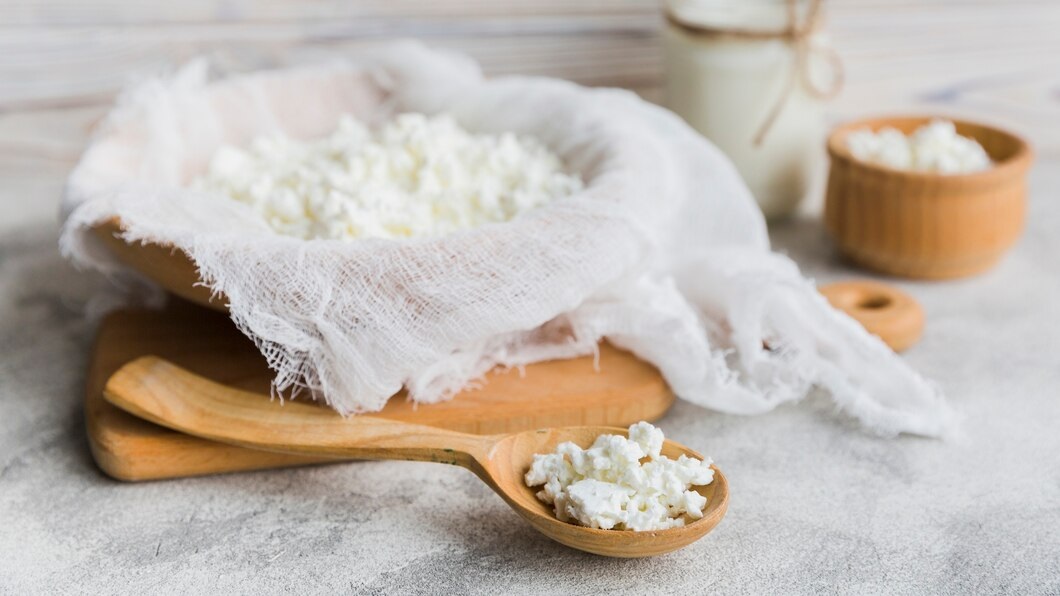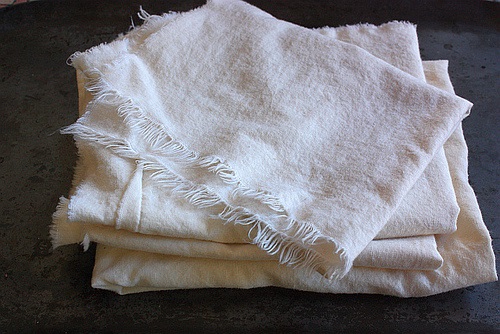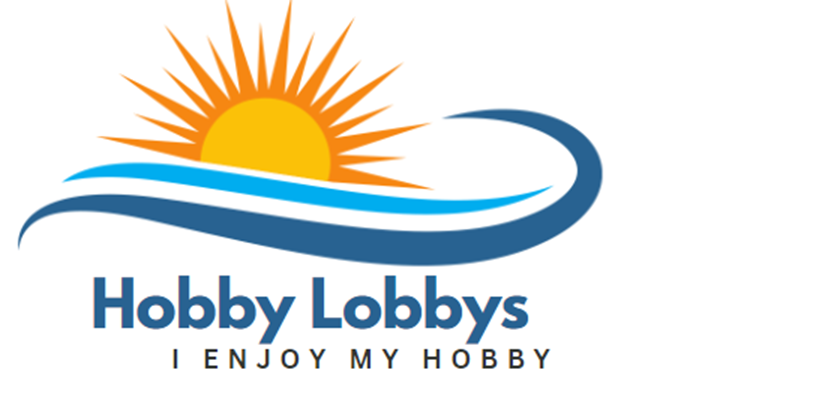
The Ultimate Guide to Cheese Cloth: Uses, Benefits, and Buying Tips for 2025
Cheese Cloth one of the most versatile and practical tools used across various industries, from cooking and food preparation to crafting and home improvement. Whether you’re a seasoned chef, a DIY enthusiast, or a home improvement expert, understanding the many uses of the cheesecloth is crucial. This comprehensive guide will delve into everything you need to know about cheesecloth, including its applications, benefits, types, and how to choose the right cheesecloth for your needs.
What is Ccheesecloth
ChCheesecloths a lightweight, loosely woven fabric primarily used in cheese-making and other food-related applications. The material is typically made from cotton, though some versions can be composed of synthetic fibers. The loose weave allows for airflow while also being durable enough to handle various tasks, especially straining liquids. Originally designed to strain curds in the process of making cheese, checheesecloths evolved into a multi-purpose item used in kitchens, craft projects, and even medical fields.
Different Uses of Cheese Cloth
1. Cheese Making
One of the primary uses of cheecheesecloth as its name suggests, in the process of making cheese. Cheesecloth helps separate curds from whey during cheese production. It provides a barrier that holds the curds together while allowing the whey to drain away. The type of cheesecloth used can vary depending on the cheese being made, with finer weaves being used for delicate cheeses and coarser cloths for harder varieties.
2. Cooking and Food Preparation
Cheesecloth is a versatile tool in the kitchen. It can be used to wrap herbs for stocks, create spice bundles for stews, or even strain homemade broths and soups. The cloth allows liquids to pass through while keeping larger particles or debris inside, ensuring smooth, clean results. Additionally, ccheeseclothcan be used in baking, such as when wrapping dough during proofing or making nut milks.
3. Straining and Squeezing
Straining juices, mimilkor liquids from solid foods is another common use for cheese cloth. When making nut milk (e.g., almond milk), the cheese cloth effectively separates the milk from the nut pulp. It is also a helpful tool for squeezing liquids from ingredients like tofu or spinach. Using cheese cloth ensures that the desired liquid is extracted cleanly and without any debris.
4. Crafting and DIY Projects
Cheese cloth is a popular material in arts and crafts due to its versatile nature and easy-to-manipulate texture. Crafters often use cheese cloth in creating textured fabric for vintage-style DIY projects, such as decoupaging or making Halloween costumes. It can also be dyed to create colorful effects for home decor, such as in making boho-style curtains or table runners.
5. Home Improvement and Cleaning
Cheese cloth is sometimes used in home improvement projects, especially when working with furniture or painting. Its fine, lint-free texture makes it ideal for polishing surfaces or cleaning delicate objects. Additionally, because cheese cloth is breathable, it’s perfect for wrapping or storing items like seasonal clothing or fragile antiques to prevent damage while allowing air circulation.
6. Medicine and Healthcare
In the healthcare field, cheese cloth is used in certain medical applications. It can be used as a sterile covering for wounds or as a bandage. Its breathable nature allows the skin to heal while still providing necessary protection. However, it is crucial to ensure that cheese cloth used in medical settings is sterile to avoid contamination.
Types of Cheese Cloth

Cheese cloth comes in different grades or thicknesses, which are categorized based on the number of threads woven per inch. The higher the grade, the finer and more delicate the weave. Below are the common types of cheese cloth:
Grade 10 (Coarse Weave)
This is the coarsest grade of cheese cloth, often used in the most heavy-duty applications. It is great for tasks such as straining large batches of broth or wrapping herbs for soups. Grade 10 cheese cloth is durable and can be reused multiple times for various kitchen and crafting projects.
Grade 50 (Medium Weave)
Grade 50 cheese cloth has a tighter weave compared to Grade 10 and is commonly used for applications like making nut milk, straining sauces, and wrapping dough. It strikes the perfect balance between durability and breathability.
Grade 90 (Fine Weave)
This grade is used for more delicate tasks, such as making soft cheeses or straining very fine liquids. The fine weave of Grade 90 cheese cloth ensures that no unwanted particles pass through, leaving only the cleanest liquids or most refined curds.
Grade 100 (Ultra-Fine Weave)
For tasks that require precision, such as straining fine teas, Grade 100 cheese cloth is the best option. It’s used in high-precision applications and often comes with extra tightness, making it ideal for filtering fine particulates from liquids.
Benefits of Using Cheese Cloth
1. Reusable and Eco-Friendly
One of the major benefits of cheese cloth is its reusability. Unlike disposable alternatives like paper towels or fine filters, cheese cloth can be washed and used multiple times, reducing waste. This makes it an environmentally friendly option for a variety of applications, from food preparation to crafts.
2. Breathable Material
The breathable weave of cheese cloth ensures airflow around the items it wraps or strains, preventing moisture buildup. This feature is especially useful in applications like drying herbs, wrapping cheeses, or storing seasonal items. The air circulation helps to keep things fresh and dry.
3. Versatile Tool
From kitchen to crafting, cheesecloth’s versatility makes it an essential tool. It can be used in a wide range of applications beyond just cheese-making, such as in the preparation of beverages, cleaning, and home improvement projects. This makes cheesecloth a must-have in many households.
4. Affordable
Cheesecloth is generally inexpensive, especially when purchased in bulk. This makes it an affordable solution for both professional and home-based needs. Whether you need cheesecloth for a one-time project or long-term use, it provides excellent value for money.
How to Choose the Right Cheese Cloth
When selecting cheesecloth for a specific task, consider the following factors:
1. Purpose
The type of task you are doing will dictate the grade and weave of the cheesecloth you need. For basic kitchen straining or making cheese, a medium-grade cloth will suffice. If you’re working on a more delicate task, opt for a finer weave.
2. Durability
Some cheesecloths are made to withstand frequent washing and reuse. If you’re planning to use your cheesecloth for multiple projects, choose a durable, high-quality version that can be cleaned and reused over time.
3. Size and Coverage
Cheesecloth typically comes in various sizes, so ensure that the piece you choose will adequately cover the surface or items you’re working with. Larger pieces are ideal for wrapping or covering, while smaller pieces may be better for precision tasks like straining.
Where to Buy Cheese Cloth
Cheese cloth is widely available at most kitchenware stores, craft shops, and online retailers. Depending on the application, you may also find specialized varieties in stores that focus on organic food products or DIY supplies.
When purchasing online, it’s important to check product descriptions for fabric composition and grade details to ensure you’re getting the right type of cheesecloth for your needs.
Conclusion
Cheesecloth is an essential, multi-purpose tool that no kitchen or DIY enthusiast should be without. From its origins in cheese-making to its current uses in everything from food preparation to crafting and cleaning, cheesecloth proves to be versatile, affordable, and durable. By understanding the various types of cheesecloth available and how to select the best one for your specific needs, you can unlock a wide range of possibilities, whether you are a professional chef or simply enjoy crafting at home.
By using the right cheesecloth for each task, you will be able to enhance your culinary experiences, improve your crafting skills, and tackle home projects with greater ease. So, whether you’re making cheese, straining liquids, or getting creative with your DIY projects, cheesecloth will always come in handy!







